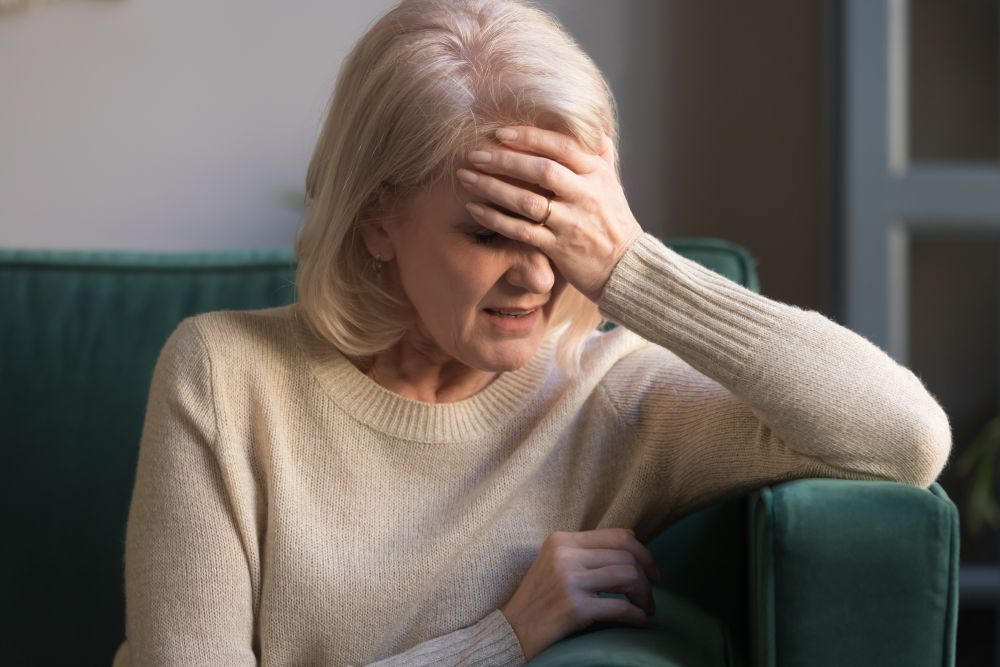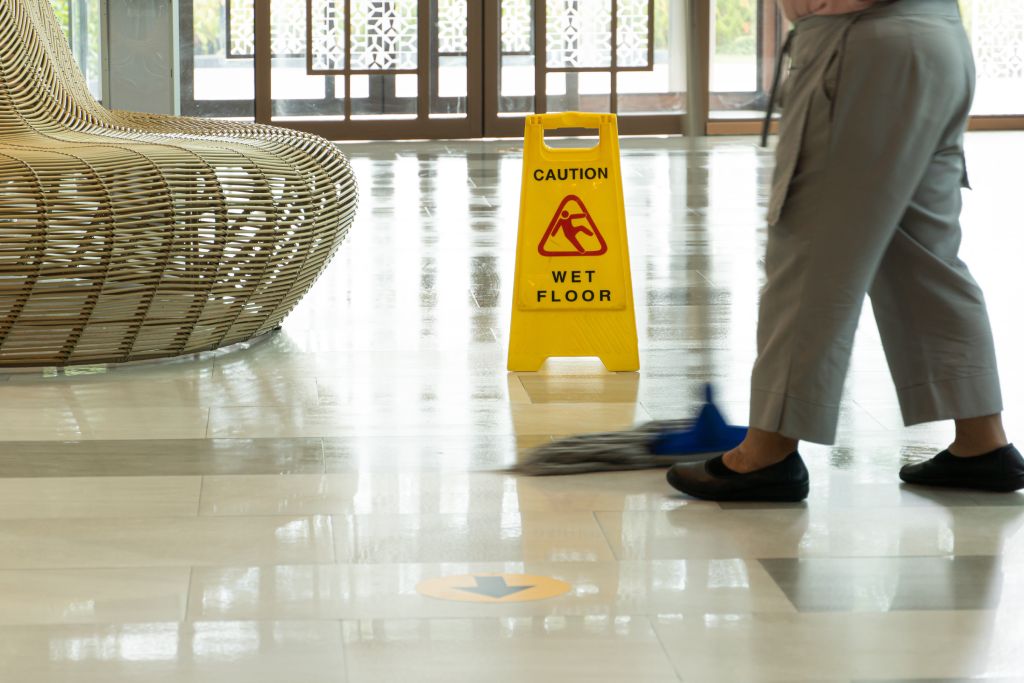Complex regional pain syndrome (CRPS) is a type of chronic pain which can be debilitating. It’s a difficult condition to diagnose and it could be missed by doctors since the symptoms can mimic other conditions.
However, with the right support and treatment plan in place, it’s possible to manage CRPS and help sufferers live more comfortably. If you have been diagnosed with this condition or you suspect you might have it, here’s an overview of what CRPS is and how it can be managed.
What Is Complex Regional Pain Syndrome (CRPS)?
Complex regional pain syndrome is a pain disorder that typically affects one limb, such as an arm or leg.
The main hallmark of the condition is pain or sensory discomfort which is disproportionate to the original injury. In other words, the pain or discomfort from CRPS is more severe than expected after an injury or illness.
Types of CRPS
There are two main types of CRPS: type 1 and type 2.
- Type 1: Type 1 develops after an illness or injury to a limb. There is no direct damage to a nerve. Previously, doctors referred to CRPS type 1 as reflex sympathetic dystrophy (RSD).
- Type 2: Type 2 can develop after there’s direct damage to a nerve.
The symptoms for both types are very similar. However, a doctor may recommend different pain management strategies depending on whether they have type 1 (no nerve damage) or type 2 (nerve damage).

What Causes CRPS?
It’s still unclear exactly what causes this condition. At this stage, researchers believe that it may be the result of an overactive inflammatory response in the immune system. When the nerves are inflamed, they may swell and become painful or overly sensitive.
From what we know so far, the most common causes include:
- Burn injuries: Burns can damage the skin and delicate nerve tissue underneath.
- Diabetes: Diabetes can affect the body’s ability to repair or protect the nerves.
- Existing nerve disorders: If a person has a nerve disorder such as neuropathy, they may be more susceptible to CRPS.
- Fractures: Bone fractures can lead to nerve and connective tissue damage.
- Immune disorders: Some immune conditions such as asthma cause inflammation which may increase the chances of developing a pain disorder.
- Lacerations: Any cut or laceration can damage the nerves and surrounding tissues.
- Surgery: Surgery, no matter how minor, can be traumatic for the body, especially if stitches are involved.
You can also develop CRPS after injuries such as bruises, sprains, and strains, or serious conditions such as strokes.
CRPS Symptoms
CRPS causes a wide range of symptoms, depending on which parts of the body are affected. The most common symptoms include:
- Nail and hair changes: Nails and hair may grow slower (or faster) than normal and appear more brittle.
- Pain: Pain ranges from burning to pins and needles. It can be constant or intermittent, but it’s out of proportion to the original injury. The limb may be very sensitive to stimulus – even a slight breeze against your skin could be enough to cause symptoms.
- Skin changes: The skin may become thin, blotchy, pale, red, or blue. It may also have a shiny appearance.
- Sweating: It’s common for the affected area to sweat more than usual.
- Swelling: You may notice swelling in the limb. The swelling could be painful.
- Temperature sensitivity: The affected limb may be more sensitive to temperature changes than other body parts.
- Weakness: The limb may feel stiffer or weaker than usual. Range of motion may decrease.
You do not need to have all of these symptoms to be diagnosed with CRPS.

What Does CRPS Feel Like?
As with any type of pain, it feels a little different for everyone. Some sufferers have burning or stabbing pain, while others experience tingling, pins and needles, and reduced range of motion.
Stages of CRPS
No matter whether a person has CRPS type 1 or type 2, the condition typically develops in three stages.
Acute
This stage lasts up to three months. The main symptoms after the initial onset include:
- Changes in skin appearance e.g. mottled, red, blue, or pale
- Increased pain
- Sensitivity
- Swelling
- Temperature fluctuations
Subacute
The subacute stage lasts up to a year. By this point, the affected limb may become harder to use, joints stiffen, and pain can increase. Skin changes may continue to worsen – the skin may be thin or shiny.
Chronic
Once CRPS enters the chronic stage, it’s unclear how long the condition will last. If symptoms still persist by this point, there’s a chance the condition will spread to another limb, and any changes to the joints, skin, or muscles may be harder to reverse.
Is CRPS Always a Lifelong Condition?
Not always. Some people do recover from CRPS. However, the longer the condition persists – or the longer it goes untreated – the more likely it is to become chronic.
Even if CRPS is chronic, though, it could diminish over time. Symptoms may decrease in intensity or they may not be so frequent.
Diagnosing CRPS
Since there’s no single test for CRPS, a doctor will perform various tests such as blood tests, imaging, and scans. They’ll also inspect the limb and take a full medical history.
The doctor will rule out other possible causes for the symptoms before diagnosing CRPS, as an accurate diagnosis is vital.
How Serious Is CRPS?
It is serious in the sense that it can be severely disabling and debilitating. In the worst cases, it can result in permanent nerve damage, muscle wasting, and loss of function in the affected limb.
Treating CRPS
CRPS cannot be cured. However, medical treatment – especially if it starts early – can help sufferers manage their condition.
Medications
Medications that might make sufferers more comfortable include:
- Anti-inflammatories e.g. ibuprofen
- Some types of antidepressants e.g. amitriptyline
- Analgesic creams e.g. lidocaine
Other medicines which could help include high blood pressure medication and corticosteroids. You may also find alternative pain therapies, such as acupuncture, helpful.
Physical Therapy
There are a few therapies available which might help you.
- Physical therapy can improve blood flow, strengthen muscle tone, and help you maintain flexibility.
- Occupational therapy can show you how to perform daily tasks again if you lose limb function.
- Desensitization slowly exposes the limb to increasing stimulus to reduce its sensitivity.
- Spinal cord stimulation and nerve blocks may offer some pain relief to your nervous system.
Always consult a medical professional before trying treatment – it might not be right for you.
Self-Management
There are a few things you can do to help yourself, depending on the symptoms you have.
- Wear compression socks if you have swelling issues.
- Keep pre-existing conditions such as diabetes under control.
- Try to get more sleep to encourage healing.
- Use hot cloths or heating pads to stimulate warmth.
- Try yoga to increase your range of motion (if you can perform it safely).
Psychological Support
Living with an illness is challenging. You may wish to talk to a psychologist or pain management specialist for help managing your condition.
Lifestyle Changes
As with any chronic condition, you may find that making some lifestyle changes can reduce CRPS discomfort and give your body a chance to heal.
- Stopping smoking may give nerves a better chance of repairing themselves.
- Exercise (if you can) to improve blood flow.
- Try to reduce stress to help your body relax and focus on healing.
Can I Get Compensation for CRPS?
You may be entitled to compensation if you developed CRPS after an injury, illness, or accident caused by someone else. For example, if you have an accident at work, or you’re injured in a motorcycle crash, you could have a personal injury claim.
This is why it’s absolutely vital that you visit a doctor after any personal injury, even if it seems minor. CRPS often develops from what we perceive to be small injuries – but CRPS is anything but a minor condition.
How Much Is My CRPS Case Worth?
This is a very complex question. Since no two claims are the same, we can only advise how much your claim may be worth after carefully reviewing the evidence and extent of your injuries.
When Can CRPS Lawyers Help Me?
CRPS is a challenging condition. To prove your CRPS is the result of an injury – or someone else’s negligence – you need the help of an experienced CRPS attorney.
At the May Firm, we understand what’s required to prove the link between your injury and developing CRPS. We will review the evidence, determine the best way to proceed, and ensure we sue for all damages you may be entitled to.
You deserve compassionate representation – and that’s where the May Firm can help.
CRPS Lawyers in California
CRPS is debilitating and distressing. If you have signs of CRPS following an injury or accident, you may be entitled to personal injury compensation. Contact a California CRPS lawyer today to discuss the matter.
All initial consultations are free and we don’t charge you anything unless we win your case.
Disclaimer:
The content in this article is provided for general informational purposes only and does not substitute professional medical advice or consultations with healthcare professionals and may not represent the current law in the recipient’s jurisdiction. The content and information should not be construed as professional legal or medical advice from The May Firm or the individual author, nor is it intended to be a substitute for legal counsel on any subject matter. Any and all information included in, or accessible through, this article should not be used to act or refrain from acting without the appropriate legal or other professional advice from a lawyer licensed in the recipient’s appropriate jurisdiction. Any reliance you place on such information is strictly at your own risk.



